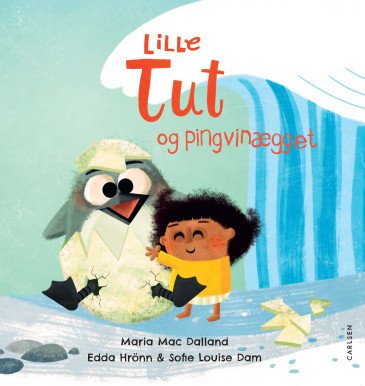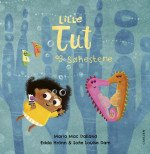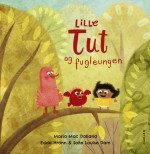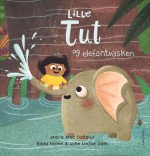Synopsis
Tiny Toot, Gato and Nisse are ready for a new adventures in this third book and this time Nisse's ecolicoptor takes them far away. They land on a piece of ice where they meet a penguin father and an egg that starts to make strange sounds...
Come on a journey with Tiny Toot, Gato and Nisse! Tiny Toot is a small girl who lives together with her brother, mum and dad, and her cat, Gato. In Tiny Toot's room, there is a mouse hole in the wall and her small friend, Nisse, lives in there. Nisse has a ecolicoptor, a flying walnut shell, and he is able to shrink Tiny Toot and Gato, so they can come with him on adventures everywhere. Only imagination sets the boundaries.
With illustrations by Maria Mac Dalland, Edda Hrönn and Sofie Louise Dam.
Personal note from the author
My intention is not to educate or include lessons in the series. On the contrary, I think we can learn from children in this age group. Two years old is the most beautiful age. They haven’t yet lost the connection to something that is bigger than themselves. Children that age still have an intuitive connection to feeling like part of nature, and not being disconnected from it. The most important thing we can do is to nurture this, and not to spoil it, and that’s really what we are trying to do in Lille Tut: tap into these experiences, and join children in celebrating life and nature.
One of the special things about the show is that it is aimed at the very youngest target group. There is a huge difference in how you communicate with this smallest group of children, from 1-3, than with 4-6 year olds. When I started on the project, I wasn’t really aware of how dramatic the differences were. I mean, I was aware; as a mother and a grandmother I know how special and unique this age group is. But I wasn’t really aware of how important that difference would be as a storyteller and a filmmaker. This target group requires a very different way of telling stories. They cannot necessarily link past events together to form a linear narrative, so every moment is a unique present moment. They also love repetition, because it allows them to recognize and anticipate, and makes them feel smart. It actually creates whole new possibilities as a storyteller, to explore a new way of communicating, which I find very interesting and exciting.










